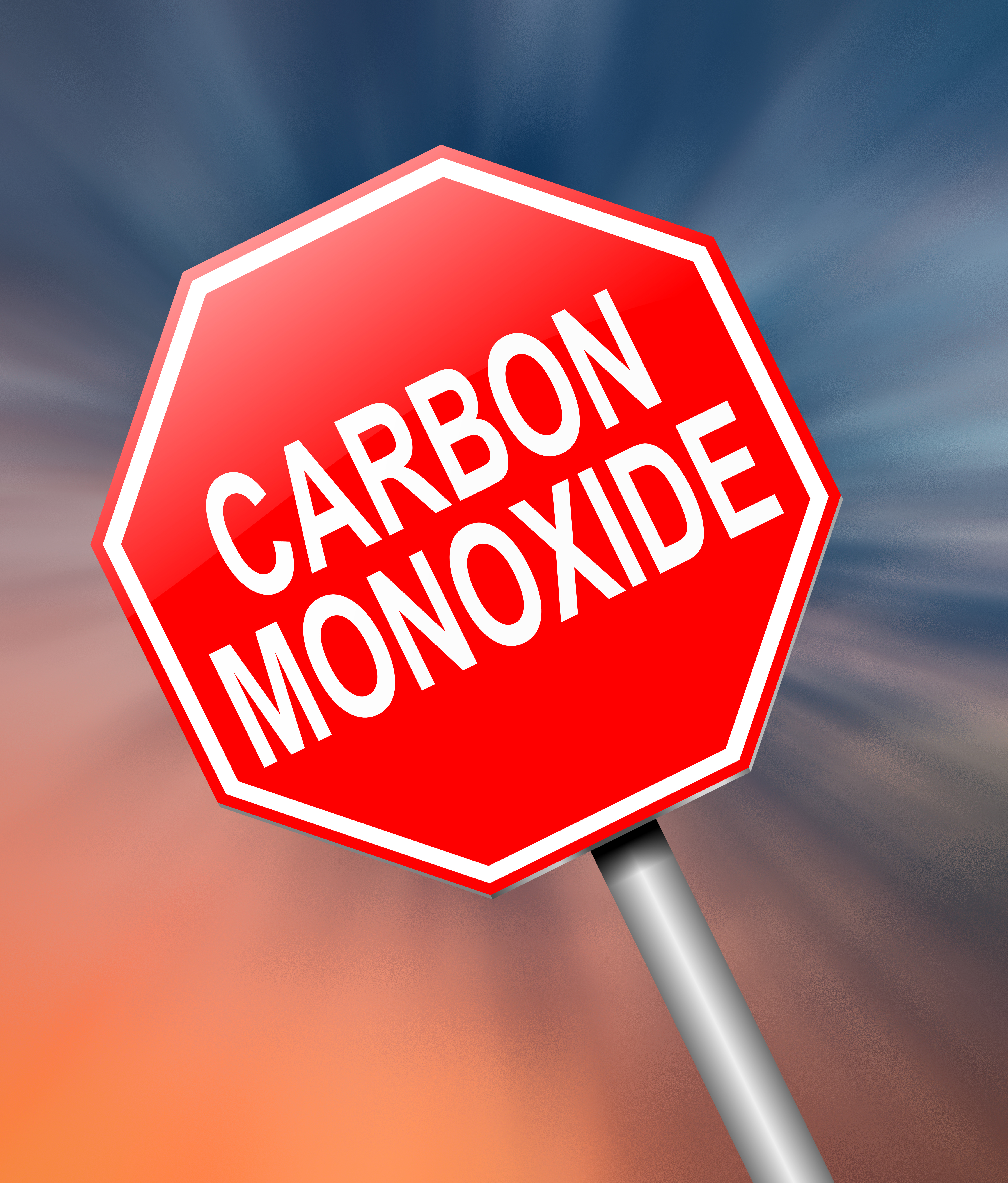Carbon monoxide is often called “the invisible killer” because it is a colorless, odorless, and poisonous gas that can be deadly. According to the United States Consumer Product Safety Commission (CPSC), over 150 Americans die every year from accidental carbon monoxide poisoning. Carbon monoxide is produced when the combustion process is not completed, which makes your fireplace a possible source of this toxic gas. Several chimney issues, such as draft problems, lead to incomplete combustion. If your chimney is blocked by debris, carbon monoxide can get forced back into your home since it cannot escape through your chimney as it normally should. Since your safety is our top priority, Aelite Chimney Specialties would like to share with you some information about carbon monoxide poisoning and how you can prevent it from happening to you and your household.
How do I know if I have carbon monoxide poisoning?
Diagnosing carbon monoxide poisoning can be difficult for a couple of reasons. Since this gas is undetectable, you cannot tell when you are breathing in this toxic gas. Also, the symptoms of low-level carbon monoxide poisoning are very similar to those of the common cold and flu: dizziness, headache, nausea, fatigue, and shortness of breath. If you have these symptoms for longer than three weeks without any signs of improvement, you should ask your doctor to test your blood for carbon monoxide. Without a diagnosis, you can continue breathing in this poisonous gas and quickly develop the high-level phase of this poisoning. Symptoms of high-level carbon monoxide poisoning include vomiting, mental confusion, loss of muscle coordination, loss of consciousness, and death.
How can I prevent carbon monoxide from leaking into my home?
Your best way to prevent this toxic gas from coming into your living spaces from your fireplace is to have your chimney professionally inspected every year by the Chimney Safety Institute of America (CSIA)-certified chimney sweeps at Aelite Chimney Specialties. We will look for damage that could lead to the overproduction of carbon monoxide as well as flue blockages that could allow this gas to leak into your home. We also recommend that you install carbon monoxide alarm monitors throughout your home. You should ensure that these alarms are installed outside each bedroom, in the room of your fireplace, and on each level of your home.
What should I do if my carbon monoxide alarm sounds?
You should never ignore your carbon monoxide detectors when they sound an alarm. Immediately move yourself and everyone else inside the home outside to breathe fresh air. Contact the appropriate local emergency services, and wait outside for their arrival. Check to make sure everyone has gotten out of the house, and remain outside until the emergency responders tell you it is safe to go back into your home. If the source of your carbon monoxide leak is your fireplace or chimney, contact us to make the necessary repairs that will allow you to safely use your fireplace again. Do not use your fireplace until we have given it our safety approval.
Need more carbon monoxide safety tips? Contact us at Aelite Chimney Specialties to learn more about preventing this toxic gas from entering your home and making you and your family seriously ill.

